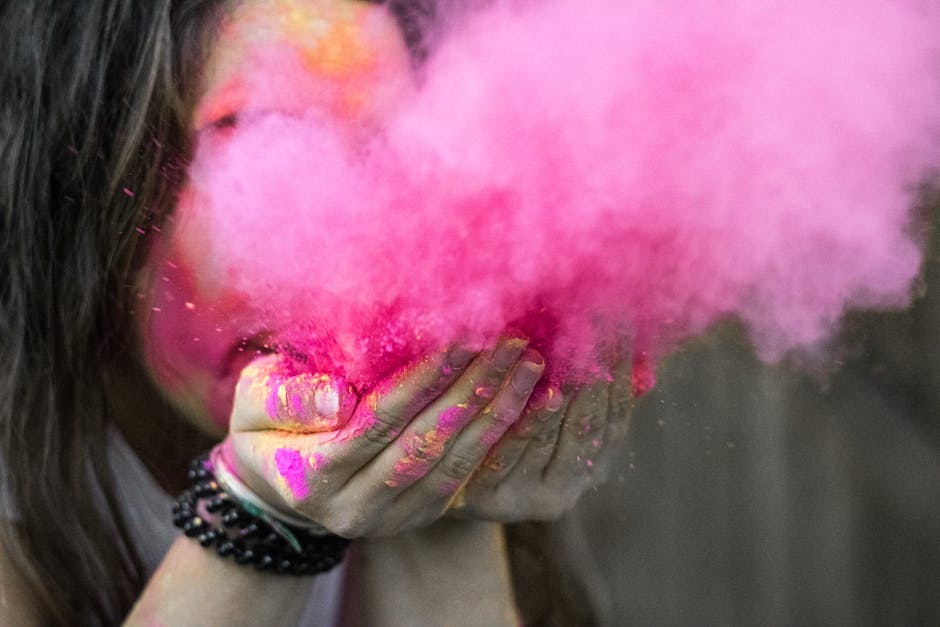The Senses
 | |
| Our realities are clouded by how our senses perceive the world | . |
these sensations, we would be helpless to the world around us, being completely unaware of what is going on around us.
The Difference
Eagleman explains in the Big Think video "
Some types of Synesthesia include:
- Grapheme-Color: To see a certain letter, number, or a different kind of character in a certain color
- Chromesthesia: To see certain colors when certain sounds are heard
- Lexical-Gustatory: To experience certain tastes when reading/hearing certain words
- Mirror-Touch: To experience the same sensation that another person feels by looking at them
- Number-Form: To see numbers arranged in three-dimensional structures
- Ordinal-Linguistic Personification: To have certain personalities associated with certain characters
- And many more...
Stories of Synesthetes
 |
| Letters can be altered by Synesthesia |
As Adam points out in his video, many musicians throughout history have coincidently had Grapheme-Color Synesthesia and Chromesthesia because of how those types of Synesthesia relate to music. To see the colors of the notes or to see the colors of sound gives songwriters a more tangible perception of the music and allows them to more quickly understand the notes that are being played.
In a stark contrast, however, Neely also proves that it is possible for everyone to have some form of Synesthesia in varying degrees of intensity. In his video | s y n e s t h e s i a | , Neely displays the "Bouba/Kiki effect", a classic game of linking shapes to sounds. In this experiment, participants are given two drastically different shapes and asked to identify one shape as "Bouba" and the other as "Kiki". One shape is distinctly sharp and jagged while the other is smooth and waved. The majority of participants in this experiment will choose the sharp shape as Kiki and the smooth one as Bouba.
 |
| Which one is "Kiki" and which one is "Bouba"? |
Your Turn
On the talk show Good Mythical Morning, Link Neal and Rhett McLaughlin explore different types of Synesthesia in their episode titled "Can You Hear Colors? (TEST)". They provide some tests for Grapheme-Color, Chromesthesia, Lexical-Gustatory Synesthesia, and Mirror Touch Synesthesia. Feel free to watch the video and see for yourself if you have major signs of Synesthesia!
In conclusion, Synesthesia is one of the most fascinating topics pertaining to sensation and perception. I hope that there will be more answers as to what causes this phenomenon in the future.
Sources
Seeing Sound, Tasting Color: Synesthesia
| s y n e s t h e s i a |
Can You Hear Colors? (TEST)
Hey Emelia! I really enjoyed your blog again!lol I liked how you broke it up into different sections, because although it was long the different sections made it a lot easier to follow! It's really interesting that your mom is a synesthete, before this section of readings and videos I had never even heard of anyone having synesthesia! I can't wait to read more of your posts!
ReplyDeleteWow. That's kind of crazy that our senses could go haywire like that. This was a really interesting read. you never hear about these conditions, and how people's senses could even mix and make it so things aren't as they seem. Maybe I'm in the 4 percent lol. Also, I thought it was interesting how you were able to make the blog personal. I can't believe your is a member of this community. Anyways, this was a good blog. The only thing I could recommend is more pictures, but other than that, awesome job.
ReplyDelete